What the global economy needs is reasonable oil prices to help achieve higher growth, not an oil price war that may lead to recession.
Saudi Arabia has started a war in the oil market on a world wide level. Some people think it is just about market share, but it is about much more than that. As oil revenues decline sharply in both Saudi Arabia and Russia, other oil exporters will suffer too. They may lose their market share and their revenues will be slashed. In fact, economic and financial losses are just one side of the picture. The other side is geopolitical. Russia supports Iran, an enemy of Saudi Arabia. Russia also supports Venezuela which is seen by the US as an enemy. Russia has a big market share of the European energy market, which is worrying for the US and seen as a strategic threat. Accordingly, Saudi Arabia and the US have mutual interest in working together to reduce Russia’s market share in the oil market, especially in Europe.
Having failed in Vienna to convince all OPEC members and their allies, mainly Russia, to cut oil production by an extra 1.5 million barrel per day, on top of the 2.1 million b/d cuts already in place, the Saudis made a crazy decision to launch a price war against all oil producers. Saudi Arabia is the biggest world exporter and the biggest producer in OPEC. As soon as the war started, oil lost about 30% of its value and some estimates suggested that the price could fall to as low as $20 a barrel.
Nearly 6 years ago, oil markets were in disarray as US shale oil was hitting all oil exporters around the world, cutting prices and eating out their market share. Since then, oil markets have not fully recovered. OPEC’s dilemma has always been how to compromise between higher prices and bigger market share. It now seems that the new crisis is much deeper and more complicated than realized, as the global economy, fragile from the threat of COVID-19, is cutting the prospects of economic growth in half, according to the IMF. There is no worse time to start an oil price war.
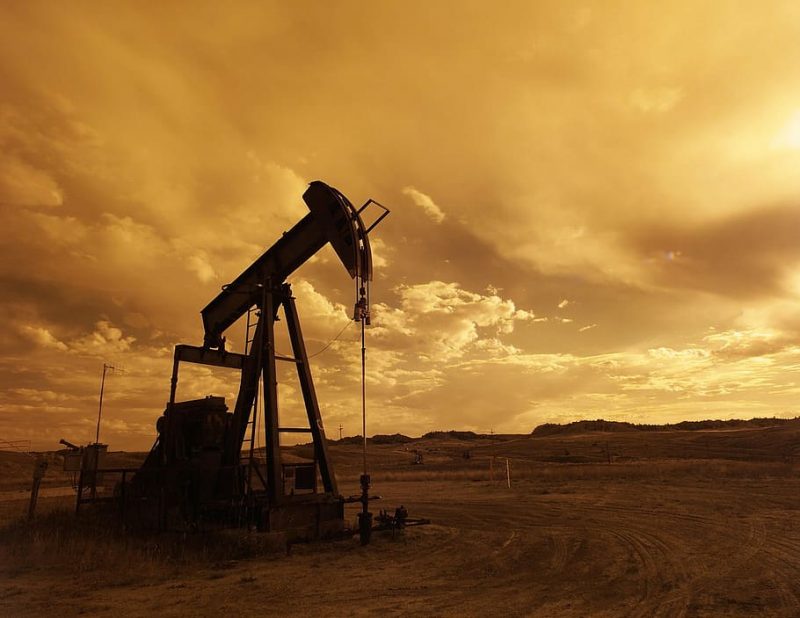
Piqsels
Paradoxically, oil importing countries and industries will benefit the most from this war. Countries such as China (the biggest importer of oil in the world) and Turkey depend on imported energy, and will see the cost of their imports slashed by about 30% or more. That will boost growth, public finances, consolidate budgets and reduce deficits. As the oil price war goes on, some countries and companies, such as airlines, will be in a better position. In the long run, however, everyone will become losers, as any gains will be wiped out by the fragile world economy.
The question remains unanswered: why now?
In purely economic terms, it is the worst possible time for an oil price war. Nonetheless, there are factors other than economics that determine the decision regarding oil production, namely, politics and power. Though decision makers know the extent of economic damage, they still take the risk encouraged by political motivations. Seeking revenge or expanding political-strategic influence could lead to taking an economic gamble.
Saudi Arabia will lose
Saudi Arabia depends heavily on its wealth of oil. Oil exports account for nearly 90% of its budget and export revenues, and oil production contributes to the kingdom’s GDP by more than 40%. After Saudi Arabia started the price war, prices fell fast. The impact of lower prices will be felt all around the country, new national projects will be delayed or suspended and the growth rate is expected to come down to zero by the end of 2020. In fact, if the war goes on for long the economy will suffer contraction.
According to the IMF, balancing Saudi budget can be achieved at $83 a barrel. This is far from achievable as prices now are hovering just above $30 a barrel. If oil prices continue at their level now, the expected budget deficit this year will shoot up to 15% of GDP compared to 4.7% last year.
So far, Saudi economic policy is making up for the loss of oil income by applying harsh austerity measures, increasing taxes and imposing higher charges for services. But all these measures will not be enough to shore up the economy as the current de facto leader, Prince Mohamed bin Salman, promises to transform the country and bring victory to his troops in Yemen. In order to make his vision of Saudi 2030 real, he ordered a partial privatisation of ARAMCO. The move started cautiously last year by offering a slice of the company to investors. Saudi Arabia is also active in the global borrowing market. The price war has knocked down Aramco shares by 10%, and the credit rating of Saudi Arabia could also be downgraded. The war in Yemen, family conflict and political uncertainty in the Arab Gulf region are further complicating things for Saudi Arabia.
If Saudi oil Emirs think that they can sell up to 13 million barrels a day in the global markets at any price, they need to think again. Although they have already embarked on an aggressive program to hire as many supertankers as they can, their oil may stay floating, further depressing prices, without buyers as long as the storage capacity of oil refineries can’t absorb the excess supply and as the fear of global recession holds back new investments. Oil is needed more when there is growth, and unwanted when there is not.
Russia Under Pressure
Russia, on the other hand, is not in a better economic shape. It is under EU and US economic sanctions and bearing a hefty cost for the war in Syria. Russia has failed so far in transforming its economy away from dependency on oil and gas. Russia’s production of oil, natural gas, coal and mining accounts for over 60% of its GDP and exports, providing the national budget with about 40% of its revenues. In order to maximize its competitive position in the energy market, Russia is employing its vast natural resources to buy influence around the world and provide for better economic growth inside the country. Russia is the biggest natural gas exporter worldwide. Most importantly, Russia is connected with the European and East Asian markets by a good network of pipelines carrying the Russian oil and gas exports at a very low cost. Russia is also connected with China by a new pipeline stretching from East Siberia and a regular LNG shipping line.
According to the ministry of finance, Russia can sustain its oil exports at $20 to $25 a barrel. But the cost of producing a barrel of oil in Russia is about 3 times more expensive than Saudi Arabia. The IMF estimates that Russia can sustain an oil price as low as $42 a barrel. In contrast, Russian oil companies claim they can sustain oil production and their exports at much lower price of $8 a barrel.
The Russian ministry of finance is reviewing its 2020 budget and expects that oil export revenues will fall this year by about $30 billion. Although Russian oil giants are expected to make profits and provide the National Wealth Fund with fresh funds, the government is expected to draw more from the NWF in order to reduce its budget deficit. Russia’s most important export markets are EU and China.
Shale oil crisis in the US
Since its new energy policy allowing oil exports in 2015, the US shale oil industry has flourished and grown to become a very important player in the global oil market. Thanks to the shale oil discoveries, at the end of 2017, US oil reserves jumped to 43.8 billion barrels. In January 2010, shale oil production exceeded 9 million barrel/a day out of nearly 13 million b/d total oil production. With the help of shale oil, the US has managed to reduce its dependency on oil imports and is expected this year 2020 to become a net exporter. China is now the US third export destination for crude oil and oil products, while Mexico and Canada are the most important markets. One of the main challenges to US oil exports is its very low market share in Europe. The main obstacle there is Russia. The future of US oil and gas exports to Europe lies in reducing the Russian market share in the European energy market. Waging a war against Russian oil can accomplish this, and as a result, here comes Saudi Arabia!
Saudi Arabia’s oil war is mainly against Russia: it is aiming to destabilise Russian supplies to Europe by offering a huge discount on prices of loaded super tankers sailing close to the shores of Europe and its oil refineries. At the moment, the amount of floating oil on the additional super tankers will be about 12 million barrels. Some of it will go to big importers in Asia, mainly India and China, the rest will target refineries in Europe and the Americas.
The US’ dilemma
Despite their mutual interest in squeezing Russian oil out of its dominant position in Europe by flooding the market with cheap oil, it will come at a cost. American shale oil will also be squeezed, and Saudi oil export revenues will plummet. This is exactly what happened in 2014 oil crisis when all parties played a short game, at the end of it each player went back to their original position. Saudi Arabia and OPEC stopped pumping more oil and shale oil producers in the US came back to the market much stronger than before, regardless of their temporary losses. The new most stabilising factor to the market after that was the creation of an alliance between Russia and OPEC in 2016. This alliance has since fallen apart and its parties are currently at war with each other.
Shale oil production in the US is mostly sustainable at as low as $30 a barrel. If prices have fallen below, about 50% of shale oil producers will go out of business. As it stands, 25% of shale oil production will be wiped by April. Drilling will be stopped in unfinished wells and new investment will be stopped. As shares of oil companies were in free fall last week, heads of oil companies in the US had a meeting with the American President on March 12 to discuss the dilemma and try to find a solution. Although the two sides stopped short of talking about a bailout package for oil companies, the decision by the monetary authority to reduce interest rate and increase liquidity by $1.5 Trillion speaks for itself. American companies are facing a double threat of COVID-19 pandemic and the slump of oil prices. Saudi Arabia and the US will not gain much from the oil war: the Saudis will lose revenues and the US will lose most of its shale oil production and export capacity.
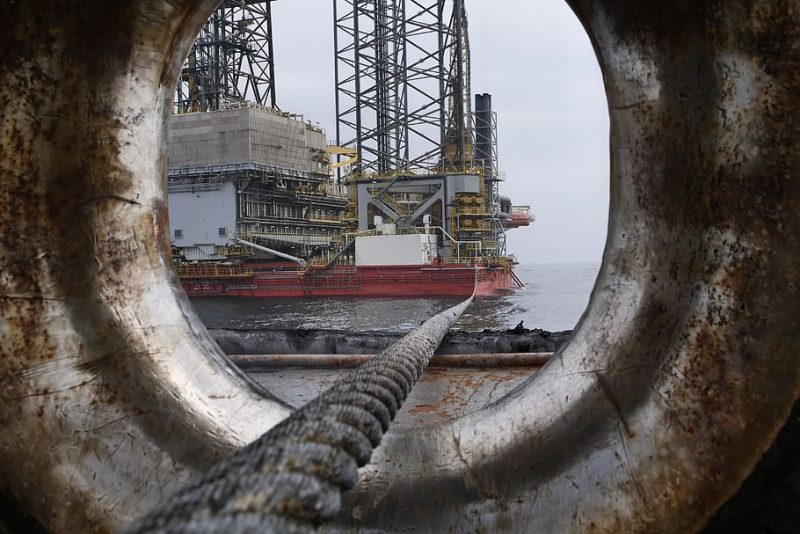
PxFuel
This brings us closer to the end game. All parties will find it very difficult to play a long game, and they will have to come together at the negotiating table. As the Saudis and the Russians are the main parties to the war, other oil producers will make a big effort to mediate and bring them closer to a middle ground. There are already two channels open to direct contacts between Saudi Arabia and Russia, an OPEC plus monitoring committee responsible for overseeing the market and the G20 Summit to be held this year in Riyadh. Officials from all 20 member countries are engaged in preparations for the Summit. Mexico has expressed interest in mediation between the two countries. Oil ministers of OPEC and independent oil producers are scheduled to meet in May or even before to consider the next step. It is not yet clear how far Saudi Arabia is willing to take the war against Russia. Both Saudis and Russians need a third party to mediate and help untie the knot.
On the whole, the oil war will come to an end sooner or later, but it will leave behind a lot of damage for both parties and the world economy. Cheap oil will not be in demand in a retreating economy. On the whole, the oil price war is only partially beneficial to oil importing countries, but it is bad for the whole world as it will slow down the global economy and cause a deep and long recession.
The single factor that can bring good news to the world economy and help stabilise the oil market is China. If the Chinese economy starts to pick up in the second quarter of the year, that will bring a sense of optimism and help repair the damage to the Saudi – Russian relationship. The elimination of the Coronavirus threat will be the decisive factor. Some other factors to push the growth of the world economy higher include ending the US – China trade war and reaching new trade deal between the UK, the EU and the US. Once again, oil is needed more when there is growth and unwanted when there is not.







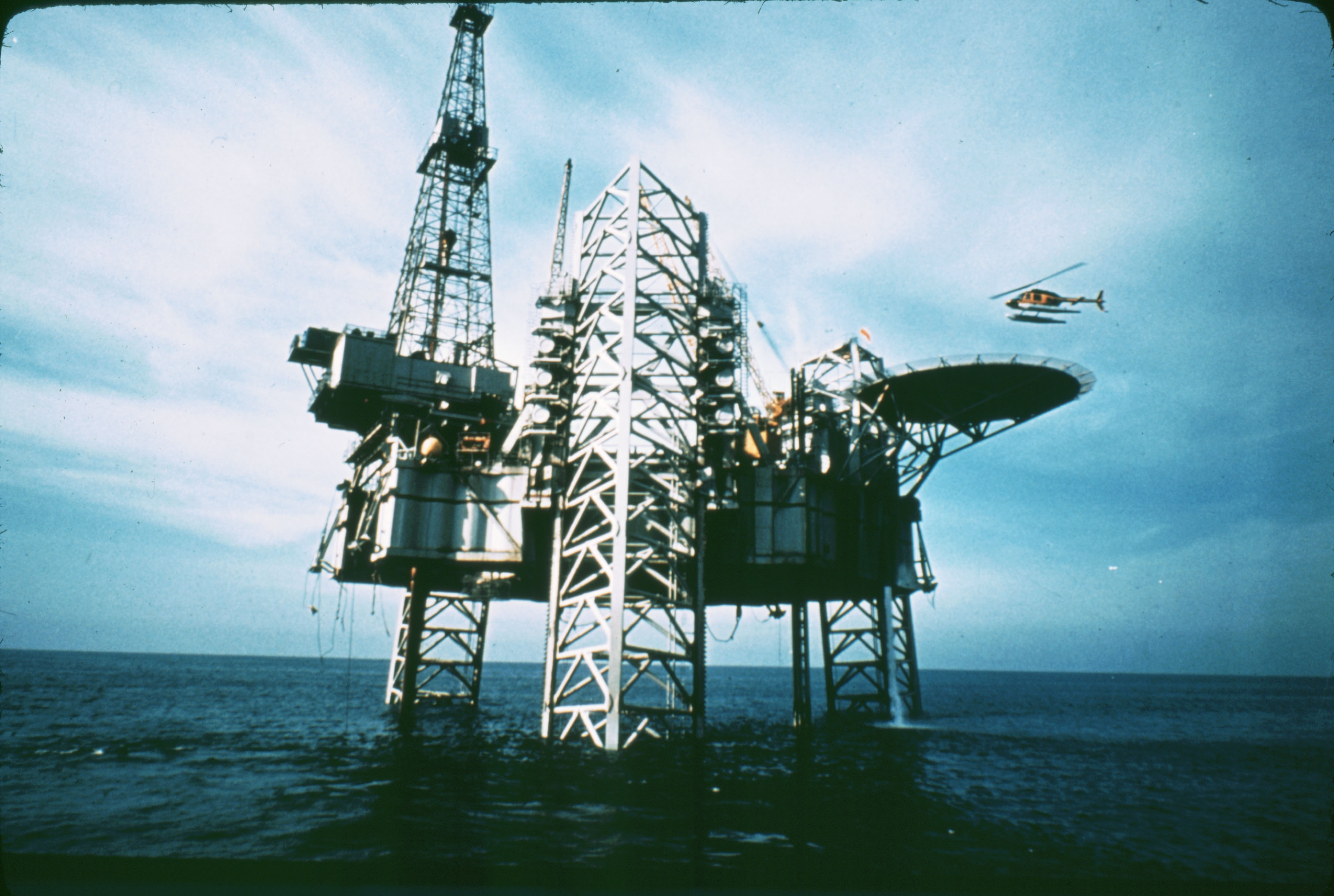
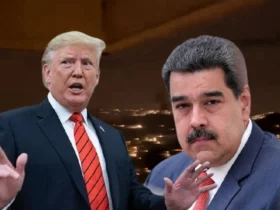




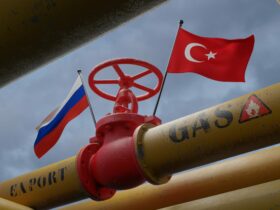

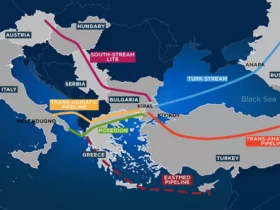

Leave a Reply